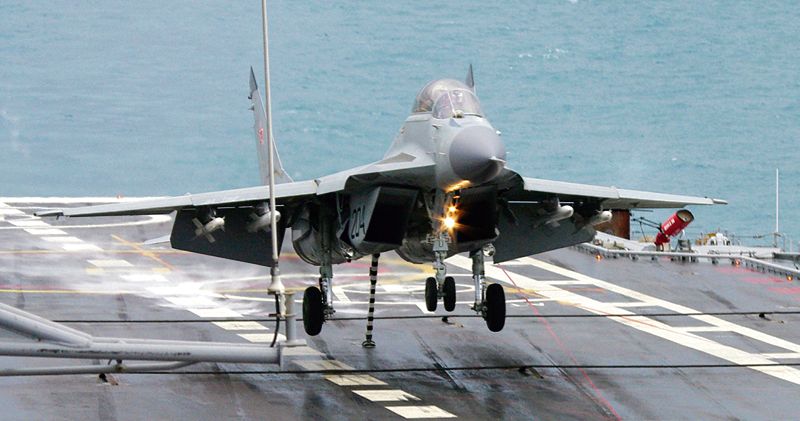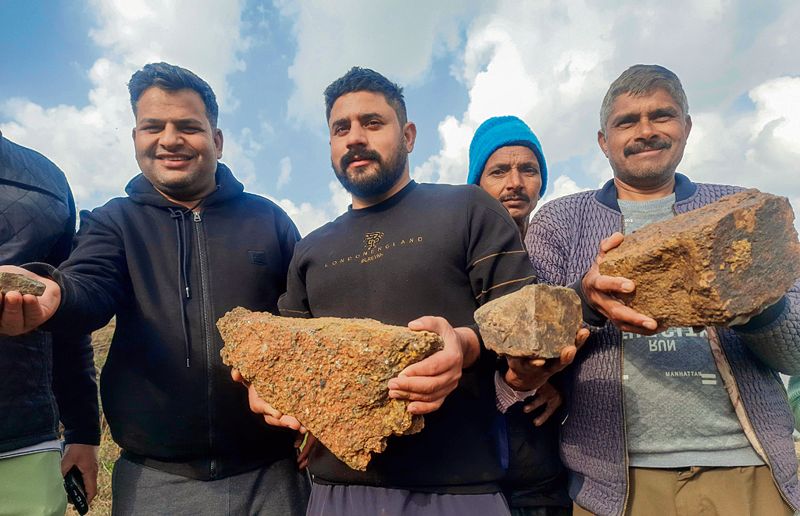
Indigenous military weapons manufactured by Kalyani Group private defence Contractor
The upcoming fifth ‘positive indigenisation list’ will be a pivotal development in India’s quest for self-reliance in defence and will also boost the country’s status as an exporter of military hardware
Union minister of defence Rajnath Singh on Sunday indicated that India could bring more weapons and systems under an import ban and manufacture them in the country to give a new push to self-reliance in the defence sector, with the latest ‘positive indigenisation list’ set to come on the back of four similar lists that have barred the import of 411 military items during the last 30 months.
“I cannot rule out the possibility of a new positive indigenisation list (coming out soon), given India’s focus on self-reliance in the defence manufacturing sector,” Singh said.
His comments came on the eve of the five-day Aero India-2023, Asia’s biggest air show, that gets underway at the Yelahanka airbase on Monday and seeks to project India as a defence manufacturing hub and showcase the country’s rising prowess in the aerospace and defence sector.
“The air show promises to be a big draw with the presence of more than 800 defence firms, 98 foreign countries, 32 defence ministers, air chiefs of 29 air forces and 73 CEOs representing foreign and Indian original equipment manufacturers,” Singh said.
The air show, which will be inaugurated by Prime Minister Narendra Modi, is expected to witness the signing of 251 memoranda of understanding worth more than ₹75,000 crore, defence ministry officials said.
The upcoming fifth ‘positive indigenisation list’ will be a pivotal development in India’s quest for self-reliance in defence and will also boost the country’s status as an exporter of military hardware. The first four lists, announced in August 2020, May 2021, April 2022 and October 2022, impose a phased import ban on weapons that are planned to be indigenised over the next five to six years. The fourth list was announced by PM Modi during the opening ceremony of DefExpo-2022 at Gandhinagar in Gujarat last October.
The lists cover a raft of weapons and systems including artillery guns, missile destroyers, ship-borne cruise missiles, light combat aircraft, light transport aircraft, long-range land-attack cruise missiles, basic trainer aircraft, multi-barrel rocket launchers, a variety of helicopters, assault rifles, sniper rifles, mini-unmanned aerial vehicles, next-generation corvettes, and airborne early warning and control (AEW&C) systems.
Military hardware sought to be developed locally also ranges from light tanks, naval utility helicopters and mounted artillery gun systems to medium altitude long endurance unmanned aerial vehicles, missiles and loitering munitions. Import substitution of ammunition, which is a recurring requirement, has been given special emphasis in the previous lists.
The possibility of the new list comes at a time when India has sharpened its focus on getting a toehold in foreign markets, set a target of achieving defence exports worth $5 billion by 2025, and taken a raft of policy measures to boost the indigenous defence manufacturing sector.
In November 2022, Indian defence firm Kalyani Strategic Systems Limited won an export order worth $155.5 million for supplying artillery guns to a friendly foreign country, the first order won by a local company for the 155mm weapon system. Kalyani Strategic Systems will execute the order over the next three years. That order came on the back of the Philippines ordering BrahMos missiles and Armenia choosing to buy Pinaka multi-barrel rocket launchers from India.
Military hardware being exported by India include missiles, the advanced light helicopter, offshore patrol vessels, personal protective gear, surveillance systems and a variety of radars. The hardware that holds export potential includes the light combat aircraft, Astra beyond-visual-range air-to-air missile, Akash surface-to-air missile system, tanks, sonars and radars. India currently exports military hardware to 84 countries, with the number likely to increase in the coming years, the officials said.
“Aero India-2023 will showcase the country’s manufacturing prowess and the progress achieved towards realising the goal of ‘Aatmanirbhar Bharat.’ This event will significantly contribute to the development of the aerospace and aviation sector” the defence minister said.
The airshow’s focus will be on showcasing indigenous equipment and technologies, and forging partnerships with foreign companies, in line with the ‘Make in India, Make for the World’ vision, the defence ministry said in a statement. About five lakh visitors are expected to attend the airshow, which will feature more than 100 aircraft in flying and static displays.
“A strong and self-reliant defence sector will play a pivotal role in helping India emerge as one of the top three world economies in the times to come. Achievements in the defence sector provide spin-off benefits to the Indian economy. The technologies developed in the field are equally useful for civilian purposes,” Singh said.
One of the main events at the air show will be the defence ministers’ conclave themed on “Shared Prosperity through Enhanced Engagements in Defence (SPEED),” the officials said. “The conclave will address aspects related to deepening cooperation for capacity building through investments, R&D, joint venture, co-development, co-production and provisioning of defence equipment,” the statement said.
The latest edition of Aero India comes on the back of PM Modi inaugurating the country’s largest helicopter manufacturing facility at Tumkur in Karnataka, in what was seen as a shot in the arm for ‘Atmanirbharta’ in the defence manufacturing sector.
The Hindustan Aeronautics Limited (HAL) helicopter factory, spread across 615 acres, will initially produce the light utility helicopters (LUH) followed by light combat helicopters (LCH) and later the Indian multirole helicopters (IMRH).
HAL plans to produce more than 1,000 helicopters in the range of 3-15 tons, with a total business of more than ₹4 lakh crore over 20 years, according to the defence ministry.














































































